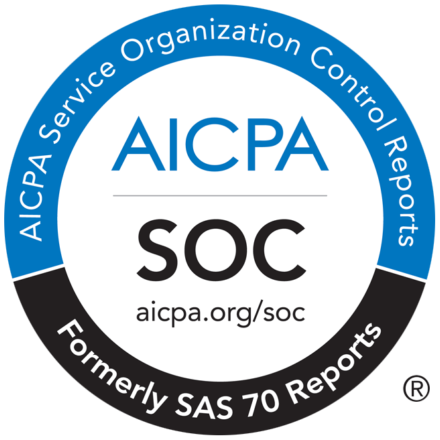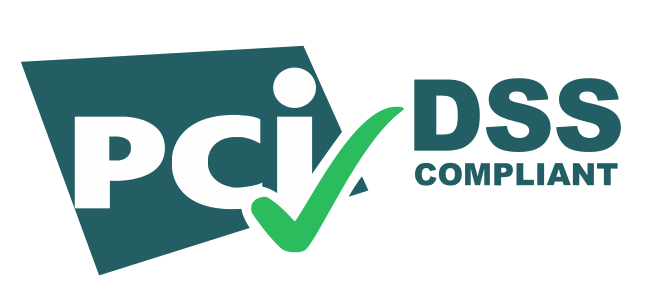The United States copyrights system defines the way plagiarism is managed and provides an in-depth comparison of plagiarism and copyright. A copyright infringement checker is a necessary tool authors should use if they are looking to avoid copyright infringement and expect their work to be plagiarism-free.
Plagiarism in the USA is strictly prohibited by the country’s academia and visibly controlled by the copyright office’s copyright protection policies. Content plagiarism is not entertained by the universities or any educational institute in the United States. Plagiarism in the USA will not be tolerated.
Copyright infringement in academic writings may face severe consequences which has the possibility to rupture one’s career for the plagiarizing student. If their plagiarized work is published, the author’s reputation becomes completely tarnished.
Therefore, in order to avoid copyright infringement, a copyright check with a copyright infringement checker is an imperative step.
How Can International Students Deal With Plagiarism in the US?
There are many different types of plagiarism, and different cultures adhere to them in different ways. Thus, it becomes harder for an international student to settle down in the United States’ academia. Some cultures don’t even treat plagiarism as a serious offense. Often, it is overlooked by the authorities as an issue of least importance.
So, it is suggested for the international student to understand the copyright law enacted by the Library of Congress of the Copyright Office and thus have a clear picture of plagiarism in the USA.
Doing so, s/he shall become better informed before plagiarizing anyone’s work while studying in the United States. American academia, mostly the universities, adheres to strict rules in plagiarism and copyright laws. Any violation of them will be dealt with with strict measures. Thus, an international student must stay away from these unethical practices.
The Difference Between Plagiarism and Copyright
There is a difference between plagiarism and copyright in relation to academic writings created in the United States academia. It is important for international students to be aware of this so they can effectively avoid committing accidental plagiarism in the USA.
In simple terms, plagiarism in the USA is the unethical ‘copying’ of somebody else’s work and claiming it as own without giving proper credit to the source or author. It is equal to ‘stealing’ and is illegal by the law.
- It is a violation of academic ethics and norms.
- It is an offense to the original author.
- It occurs when content is copied, violating the copyright norms. It can be copying a phrase, a quote, and the style of writing or the idea as a whole.
- In academic institutions, sometimes, students even come up with papers that are exchanged for money. That is a severe offense.
One is subjected to copyright infringement defined by the country’s copyright law if one does not cite the sources correctly.
US copyrights were designed to maintain academic integrity and emphasize raising the bar of creativity, thus promoting creative aspects. The United States Copyright Office is a part of the Library of Congress’s government organization responsible for all the copyright registration in the United States and maintaining a record of the registrations, including the Copyright Catalog.
The copyright law is administered by the Copyright Office, which accepts copyright registration applications or a copyright claim only after carefully scrutinizing them under the copyright act.
What Authorities Do the People/Firm Holding Copyright Claim Can Have?
The person or the organization holding the copyright claim is authorized to:
- To draw all the revenue generated from intellectual work, one can claim the work published as his/her.
- S/he can reproduce the work in several copies and sound recordings or phone records.
- S/he can distribute the copies or recordings in the public domain for sale.
- S/he can transfer the ownership using lending, rental, or lease.
- In motion pictures and audiovisuals, s/he can reproduce or display the copyrighted work publicly public performances.
- In literary works, s/he can allow it to be used in any other medium.
- In other forms of art, one can showcase it publicly.
- In the case of sound recordings, one can produce copyright work publicly through the audio-digital transmission.
To avoid plagiarism majorly means that accreditation of the intellectual merit is given, whereas, to check copyright infringement means that the stream of revenue is maintained correctly.
How to Avoid Copyright Infringement?
Avoiding copyright infringement is quite a tricky thing because people consider various myths to be true. Among these myths is that big companies do not care about any infringement whatsoever. This is wrong. In fact, with new copyright infringement software, the size of the companies does not matter. If infringement occurs, no matter how large or small the company is, they will face consequences. The two most crucial ways to avoid copyright infringement are:
- Using Credits or Ask for Permission
If an international student uses the content or an image created by someone else, it is better to take the source creator’s permission. Often the sites where the images or the sources are available online come up with the license policy. One should read it carefully before using anything from there as it clearly states how one can thank the creator of the intellectual property while sharing their work.
It involves both the author’s attribution to the original creator and a fee that the author can use to buy it and use it in their work. If the work is not available online, one can give the creator credit by providing proper reference and in-text citation.
It is also advisable to use quotation marks if the author is directly referring to a paragraph. In that way, one can avoid both plagiarism and copyright infringement.
- Using a Plagiarism or a Duplicate Content Detector
Often times, especially while in a hurry, one can miss the citation of a reference or two or even a quotation mark. It can be unintentional, but even though it is unintentional, it takes a massive toll on international students’ lives if it occurs. Hence, there are plagiarism or duplicate content checkers that can help in finding out the copied content.
If someone has unintentionally copied a part or two and forgot to credit the creator, the plagiarism check will help them.
How Can Copyleaks Help International Students?
Students need not worry about copyright infringement or plagiarism when they utilize Copyleaks plagiarism scanner. Unlike other plagiarism detectors, it is supported by sophisticated Machine Learning and AI technology.
Apart from that, it supports 100+ languages and files in varied formats. One can also click the picture of the hard copy of their work and get it checked by Copyleaks.

